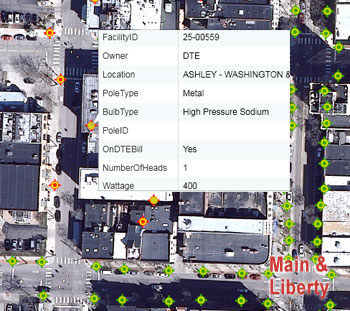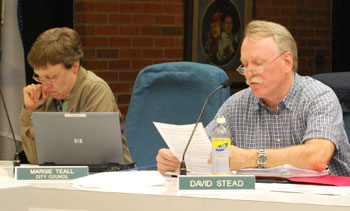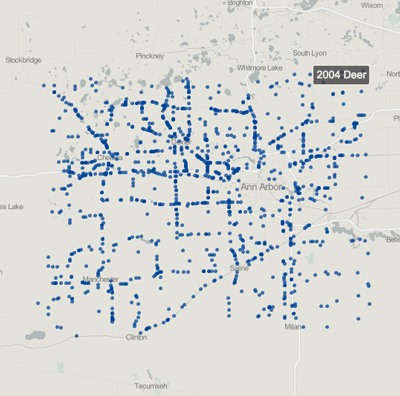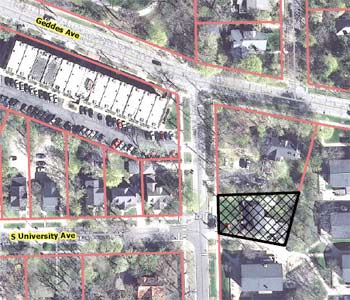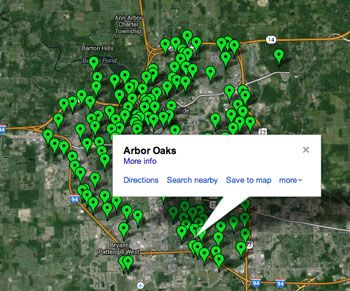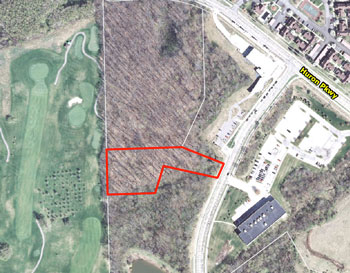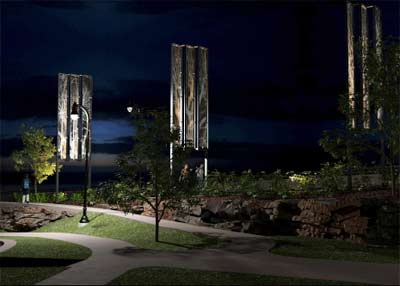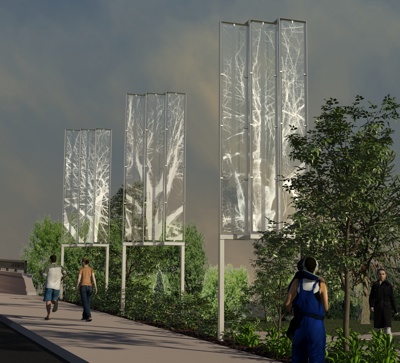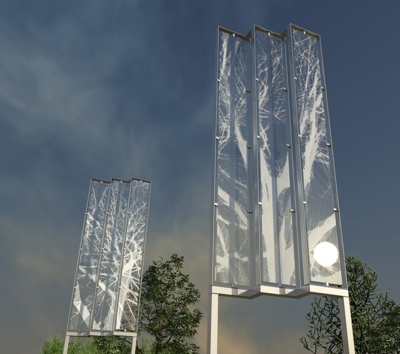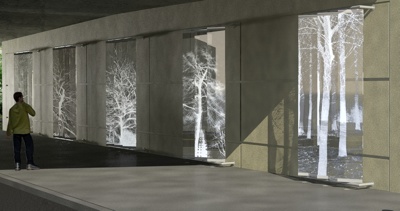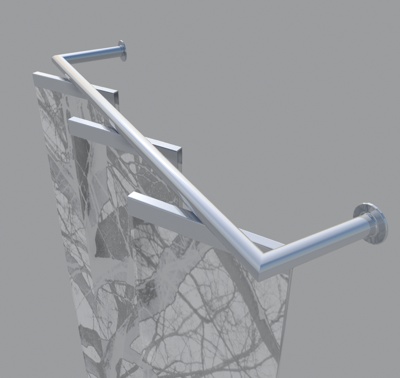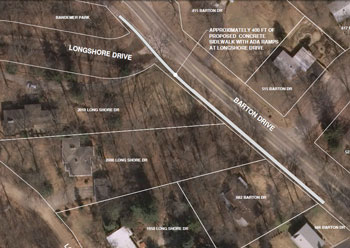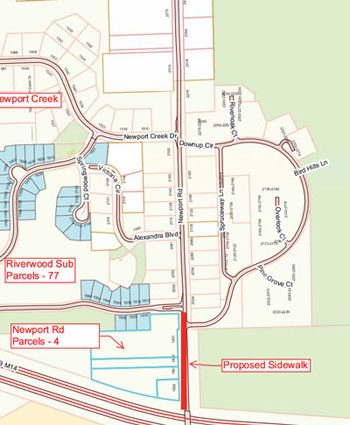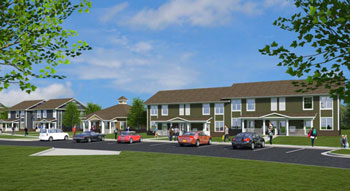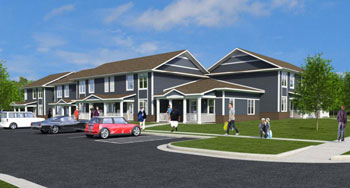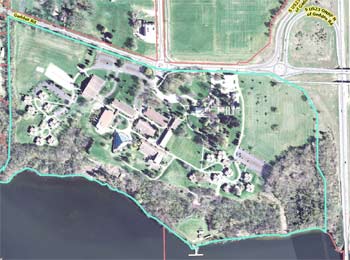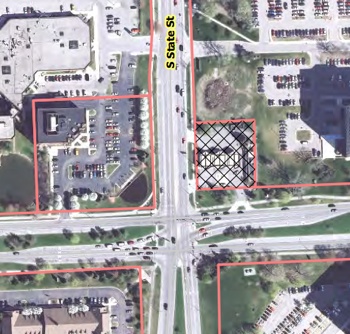Voters today in Ann Arbor, Ypsilanti and Ypsilanti Township cast ballots today to decide whether to grant a 0.7 mill request from the Ann Arbor Transportation Authority. The polls are now closed.
It’s possible that we won’t be able to collect results any earlier than the Washtenaw County clerk. But The Chronicle will post any early returns we are able to collect here in this news brief, using the following format:
8:00 p.m.
With at least partial results from 0 of 36 polling locations informally reported in the city of Ann Arbor, the AAATA transit millage has received 0 votes (0%) in favor, and 0 votes (0%) against.
With at least partial results from 0 of 7 polling locations informally reported in the city of Ypsilanti, the AAATA transit millage has received 0 votes (0%) in favor, and 0 votes (0%) against.
With at least partial results from 0 of 14 polling locations informally reported in Ypsilanti Township, the AAATA transit millage has received 0 votes (0%) in favor, and 0 votes (0%) against.
With at least partial results from 0 of 57 polling locations informally reported across the city of Ann Arbor, the city of Ypsilanti and Ypsilanti Township, the AAATA transit millage has received 0 votes (0%) in favor, and 0 votes (0%) against.
If you’d like to monitor directly any early results we’re able to collect, we’re using this: [shared Google Spreadsheet].
Still unofficial but formal results from the Washtenaw County clerk’s office are available on the clerk’s May 6, 2014 election results web page.
8:13 p.m.
With at least partial results from 1 of 36 polling locations informally reported in the city of Ann Arbor, the AAATA transit millage has received 479 votes (75.6%) in favor, and 154 votes (24.4%) against.
With at least partial results from 2 of 7 polling locations informally reported in the city of Ypsilanti, the AAATA transit millage has received 550 votes (83.4%) in favor, and 109 votes (16.6%) against.
8:32 p.m.
With at least partial results from 4 of 36 polling locations informally reported in the city of Ann Arbor, the AAATA transit millage has received 1554 votes (72.4%) in favor, and 592 votes (27.6%) against.
With at least partial results from 3 of 7 polling locations informally reported in the city of Ypsilanti, the AAATA transit millage has received 761 votes (82.7%) in favor, and 159 votes (17.3%) against.
With at least partial results from 7 of 57 polling locations informally reported across the city of Ann Arbor and the city of Ypsilanti, the AAATA transit millage has received 2315 votes (75.5%) in favor, and 751 votes (24.5%) against.
It’s worth noting that we have no Ypsilanti Township precincts reporting in yet, and absent voters in Ann Arbor are not yet logged.
9:00 p.m.
With at least partial results from 10 of 36 polling locations informally reported in the city of Ann Arbor, the AAATA transit millage has received 3397 votes (74.2%) in favor, and 1181 votes (25.8%) against.
With at least partial results from 4 of 7 polling locations informally reported in the city of Ypsilanti, the AAATA transit millage has received 1205 votes (83%) in favor, and 246 votes (17%) against.
With at least partial results from 1 of 14 polling locations informally reported in Ypsilanti Township, the AAATA transit millage has received 35 votes (50.7%) in favor, and 34 votes (49.3%) against.
With at least partial results from 15 of 57 polling locations informally reported across the city of Ann Arbor, the city of Ypsilanti and Ypsilanti Township, the AAATA transit millage has received 4637 votes (76%) in favor, and 1461 votes (24%) against.
This includes no absent voter results in Ann Arbor and just one precinct from Ypsilanti Township.
9:23 p.m.
With at least partial results from 20 of 36 polling locations informally reported in the city of Ann Arbor, the AAATA transit millage has received 5469 votes (71.6%) in favor, and 2160 votes (28.4%) against.
With at least partial results from 4 of 7 polling locations informally reported in the city of Ypsilanti, the AAATA transit millage has received 1205 votes (83%) in favor, and 246 votes (17%) against.
With at least partial results from 1 of 14 polling locations informally reported in Ypsilanti Township, the AAATA transit millage has received 35 votes (50.7%) in favor, and 34 votes (49.3%) against.
With at least partial results from 25 of 57 polling locations informally reported across the city of Ann Arbor, the city of Ypsilanti and Ypsilanti Township, the AAATA transit millage has received 6709 votes (73.3%) in favor, and 2440 votes (26.7%) against.
This does not include any absent voters in Ann Arbor and only one precinct in Ypsilanti Township.
9:48 p.m.
With at least partial results – including some absentee ballots – from 27 of 36 polling locations informally reported in the city of Ann Arbor, the AAATA transit millage has received 6957 votes (71.6%) in favor, and 2758 votes (28.4%) against.
With at least partial results from 4 of 7 polling locations informally reported in the city of Ypsilanti, the AAATA transit millage has received 1205 votes (83%) in favor, and 246 votes (17%) against.
With at least partial results from 1 of 14 polling locations informally reported in Ypsilanti Township, the AAATA transit millage has received 35 votes (50.7%) in favor, and 34 votes (49.3%) against.
With at least partial results from 32 of 57 polling locations informally reported across the city of Ann Arbor, the city of Ypsilanti and Ypsilanti Township, the AAATA transit millage has received 8197 votes (72.9%) in favor, and 3038 votes (27.1%) against.
Note that we have early results from only one precinct in Ypsilanti Township.
10:11 p.m.
With at least partial results – including some absentee ballots – from 33 of 36 polling locations informally reported in the city of Ann Arbor, the AAATA transit millage has received 8689 votes (71.6%) in favor, and 3446 votes (28.4%) against.
With at least partial results from 4 of 7 polling locations informally reported in the city of Ypsilanti, the AAATA transit millage has received 1205 votes (83%) in favor, and 246 votes (17%) against.
With at least partial results from 9 of 14 polling locations informally reported in Ypsilanti Township, the AAATA transit millage has received 760 votes (70.5%) in favor, and 317 votes (29.5%) against.
With at least partial results from 46 of 57 polling locations informally reported across the city of Ann Arbor, the city of Ypsilanti and Ypsilanti Township, the AAATA transit millage has received 10654 votes (72.6%) in favor, and 4009 votes (27.4%) against.
10:17 p.m.
With at least partial results – including some absentee ballots – from 35 of 36 polling locations informally reported in the city of Ann Arbor, the AAATA transit millage has received 9516 votes (71.9%) in favor, and 3715 votes (28.1%) against.
With at least partial results from 4 of 7 polling locations informally reported in the city of Ypsilanti, the AAATA transit millage has received 1205 votes (83%) in favor, and 246 votes (17%) against.
With at least partial results from 14 of 14 polling locations informally reported in Ypsilanti Township, the AAATA transit millage has received 1294 votes (66.2%) in favor, and 658 votes (33.8%) against.
With at least partial results from 53 of 57 polling locations informally reported across the city of Ann Arbor, the city of Ypsilanti and Ypsilanti Township, the AAATA transit millage has received 12015 votes (72.2%) in favor, and 4619 votes (27.8%) against.
This was the final update for early results. One absent voter count board for Ann Arbor remains to be counted. We’ll compile graphs, maps and charts when the final unofficial numbers come in from the Washtenaw County clerk.
It appears the transit millage has achieved a clear majority.







